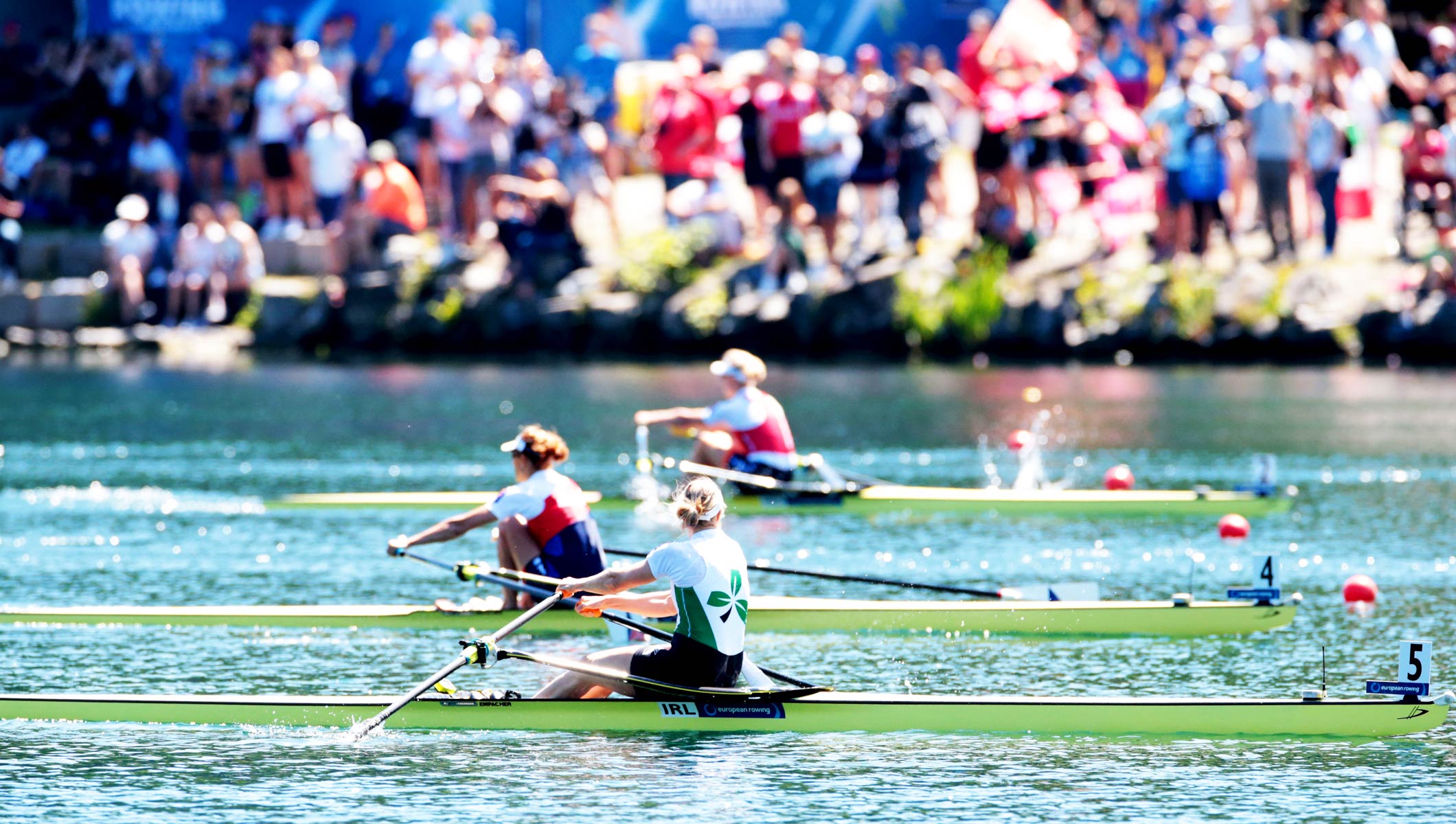
Biodiversity Is Key For Sport Says New IUCN Guide
April 24, 2020
According to a new guide published on Earth Day by the International Union for Conservation of Nature (IUCN), in collaboration with the International Olympic Committee (IOC), many sports events depend on a healthy natural environment and their organisers should take concrete steps to protect it.
“Mitigating biodiversity impacts of sports events”, offers advice to sports event organisers on how to reduce the impact on biodiversity and promote its conservation throughout all phases of event planning.
“A healthy environment is essential to successful sports events as it is to society at large. We know that we can enjoy sports and celebrate our athletes while managing the environmental impacts of these events”, said IUCN Acting Director General, Dr. Grethel Aguilar. “As this new guide shows, sports events can end in a win-win for both people and nature if they are planned, designed and executed with conservation goals in mind."

The guide notes that sporting events can benefit the environment by raising public awareness about the value of nature. They attract some of the largest audiences, creating an opportunity to set a good example, showcase best practice and encourage people to support conservation.
“We see it as our responsibility to reduce our own impact on nature but also to use the power of sport to actively promote its protection,” says IOC Director General Christophe De Kepper. “This guide, which is the result of our ongoing collaboration with IUCN, shows clearly that it can be done. It highlights the crucial role event organisers can play to protect biodiversity, and by doing so, protect the future of sport.”
According to the guide, there is increasing recognition by governments, regulators and athletes themselves that sports events need to be conducted in environmentally responsible ways.
It provides a step-by-step approach throughout the different stages of the sport event lifecycle – from concept and strategic planning to the event delivery phase – that will help reduce risks to nature. Some of the actions include: conducting biodiversity impact assessments; ensuring the event’s lighting and sound systems do not disturb endangered wildlife near events; erecting barriers to ensure spectators do not disturb fragile ecosystems; taking action to stem the spread of invasive species; and, adopting good stewardship practices on site.